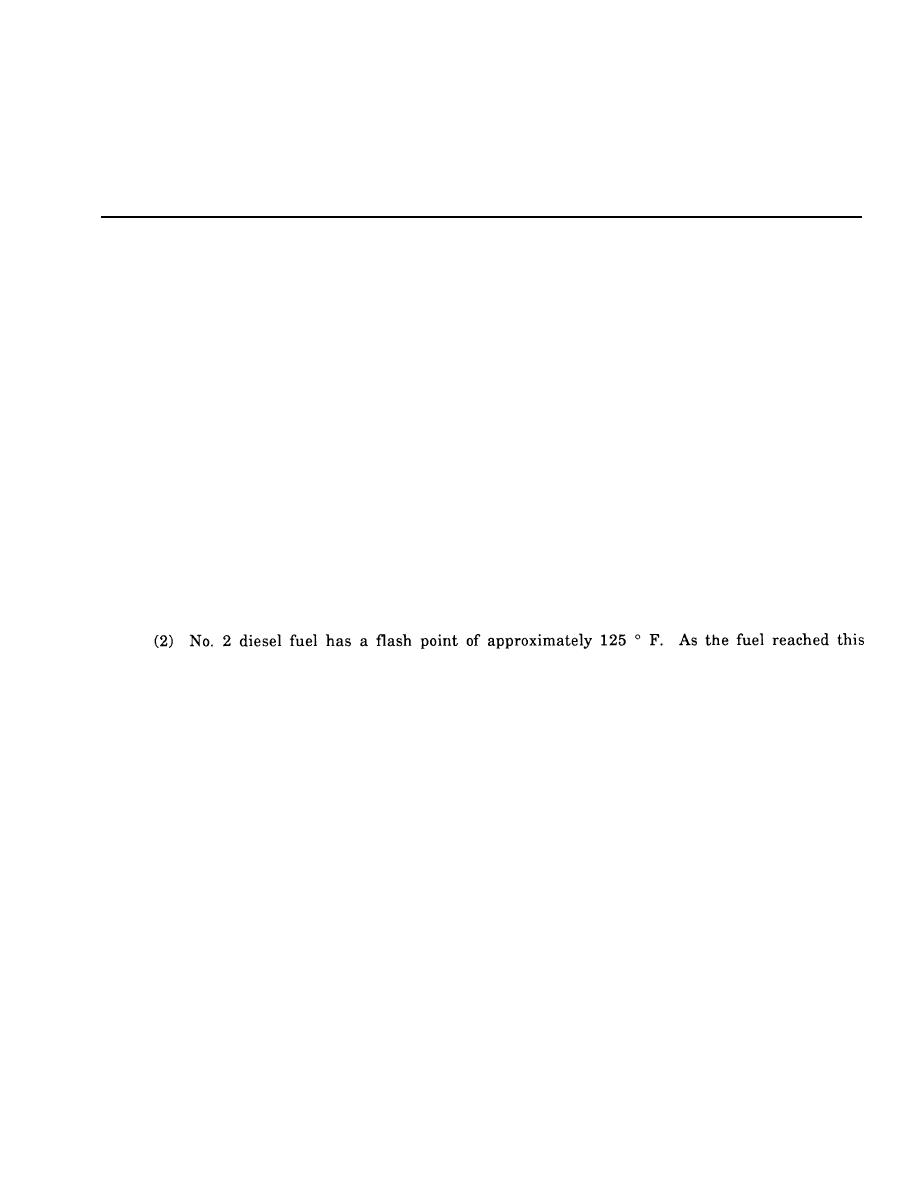
TM-5-855-4
CHAPTER 5
WASTE HEAT DISPOSAL
5-1.
Heat sinks.
a. In a hardened installation, the designer will provide a means of transferring the waste heat from
the equipment either to the atmosphere, via cooling towers, radiators, etc., during normal operations or to
a hardened heat sink during the button-up period.
(1) The vulnerability to attack of surface cooling water sources such as a river, pond, or shallow
aquifer will require a hardened facility to include cooling media storage that is available throughout the
attack period.
(2) A number of research studies have been conducted to explore various methods of waste heat
storage that are compatible with the overall requirements of the installation. These studies have
considered the use of water, chilled water, chilled brine, rock, ice, and soil as heat sink materials.
Water and water/glycol systems have been constructed and successfully tested in existing facilities.
(3) Spaces for underground water reservoirs in deep-buried facilities are usually dug in a long
tunnel configuration for reasons of economy in excavation and to provide the necessary rock-surface
area for heat transfer. In the calculations that follow, the tunnel shape is assumed and the cylindrical
approximation is used.
b. When evaluating heat sinks, it is worthwhile to consider the use of hardened diesel fuel storage for
extra heat sink capacity. The economics of installing extra equipment and controls in the fuel oil system
will be balanced against increasing the size of the water-heat sink. Heating the diesel fuel will increase
the efficiency of the prime mover, but there are some disadvantages.
0
(1) The specific heat of diesel fuel is approximately 0.5 Btu/lb F, which is half that of water.
Diesel fuel weighs 7.0 to 7.5 lb/gal, while water weighs 8.34 lb/gal. Thus, a gallon of diesel fuel has less
than half the heat absorbing capacity of a gallon of water.
temperature, some of the more volatile components of the fuel will vaporize and create a safety hazard.
These safety considerations limit the temperature of diesel fuel sinks to a maximum temperature of 900 F
to 1000 F.
c. For convenience, and unless otherwise noted, the coolant fluid will be termed "water" in the
remainder of this chapter. In the equations, however, the density and the specific heat of the coolant will
be indicated by the usual symbols but with an asterisk to permit calculations with other coolant fluids
than water.
(1) The maximum allowable coolant temperature is a major consideration in the design of heat
sinks. Condensers of refrigeration equipment allow an entering water temperature as high as 100 "F to
1100 F. Higher temperature will reduce efficiency and are damaging to the refrigeration equipment.
Heat exchangers of prime movers such as diesel engines will allow entering water temperatures up to 160
0
F. or higher.
(2) Because of the difference in the allowable water temperature rises, separate reservoir systems
will be designed to receive heat from the two separate heat sources. The two reservoirs will be
proportioned in their respective loads, so that when the diesel reservoir is emptied, the engine can be
cooled by water wasted from the AC compressor unit condensers, until this supply has also been
exhausted.
5-2. Once through and recirculated reservoirs.
a. Waste heat from the power or weapon system equipment may be rejected by drawing water from the
hardened heat sink reservoir, circulating it through the heat source one time, and then discharging the
water to the outside. Normally, the water is stored at the ambient temperature of the surrounding rock; but
stored chilled water may be kept in an insulated container with a small refrigeration unit to compensate
for heat leak.
51



 Previous Page
Previous Page
